Matcha the tasty green tea powder from Japan, has captivated enthusiasts and health conscious individuals alike. One of the most common questions about matcha is, "How much caffeine does it have?" Understanding matcha’s caffeine content and how it compares to other popular drinks can help you confidently enjoy its benefits.
Caffeine Content in Matcha: What You Need to Know
The caffeine content in matcha is notably higher than that of regular green tea. On average, 1 gram of matcha powder contains approximately 19–44 mg of caffeine. Most people use 1–2 grams per serving which means a typical cup delivers between 38 and 88 mg of caffeine. If you prefer a stronger brew and use up to 4 grams your cup could contain as much as 176 mg of caffeine.
- Matcha (1–2 grams per serving): 38–88 mg caffeine
- Espresso shot (1 oz): ~64 mg caffeine
- Black tea (8 oz): 40–70 mg caffeine
- Regular green tea (8 oz): 20–45 mg caffeine
- Brewed coffee (8 oz): 80–100 mg caffeine
The exact amount in your cup depends on the amount of powder you use, the quality and grade of the matcha, and how you prepare it.
What Influences Matcha’s Caffeine Level?
- Amount of Matcha Powder: The more powder you use, the higher the caffeine.
- Grade and Quality: Ceremonial-grade matcha, made from young, shade-grown leaves is richer in caffeine than culinary-grade.
- Preparation: Whisking with hotter water or for a longer time can extract more caffeine.
- Freshness: Fresher matcha tends to retain more caffeine and beneficial compounds.
Is Matcha’s Caffeine Safe?
For most healthy adults, the FDA recommends limiting caffeine intake to 400 mg per day. Pregnant individuals should keep their daily caffeine below 200 mg. Because matcha is potent, even one strong serving can rival the caffeine content of a cup of coffee so moderation is key. Sensitivity to caffeine varies so start with smaller servings if you’re new to matcha.
How Matcha’s Caffeine Affects the Body
Unlike the rapid spike and crash associated with coffee, matcha provides a smoother, longer-lasting energy boost. This is thanks to its high levels of L-theanine, an amino acid that slows caffeine absorption and promotes calm, focused alertness. The result? Enhanced concentration and sustained energy without the jitters or anxiety some experience with coffee.
Matcha vs. Other Caffeinated Beverages
While both matcha and coffee offer similar caffeine levels per cup, their effects differ:
- Coffee: Fast-acting, can cause jitters or a crash.
- Matcha: Gradual, sustained energy and mental clarity, with less risk of anxiety or sleep disruption.
Maximizing Your Matcha Experience
- Start with 1–2 grams of high-quality matcha per serving.
- Use water below boiling (around 175°F/80°C) to preserve nutrients and flavor.
- Whisk thoroughly for a smooth, frothy cup.
- Enjoy matcha earlier in the day to avoid interfering with sleep.
You can tailor your intake for optimal focus, energy, and well-being by understanding matcha's caffeine profile and benefits. Ready to elevate your matcha ritual? Explore our collection of handcrafted matcha bowls at MyJapaneseWorld.com. Each bowl is designed to enrich your tea experience and bring beauty to every cup. Discover our matcha bowl collection and transform every sip into a mindful ritual.


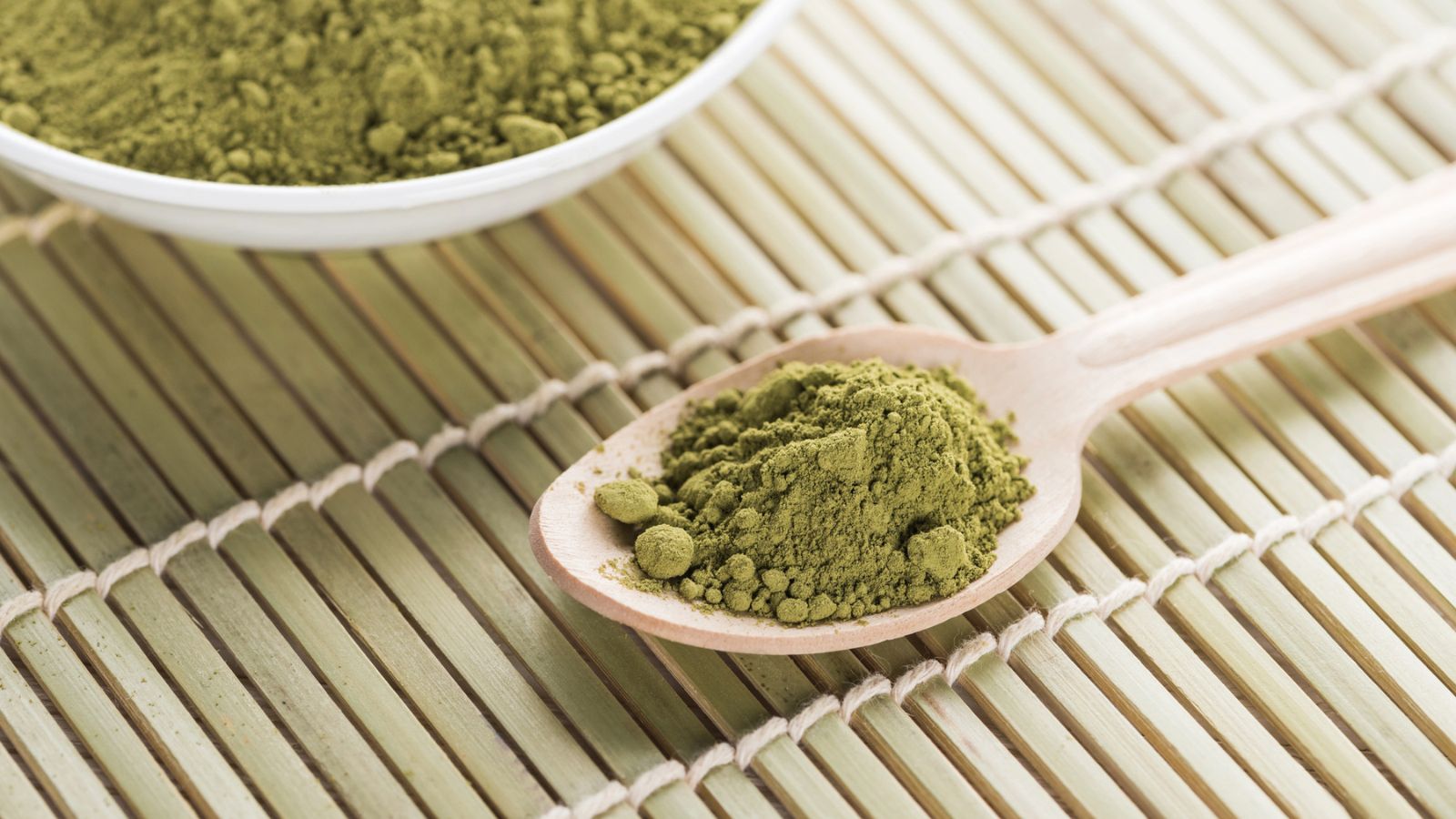

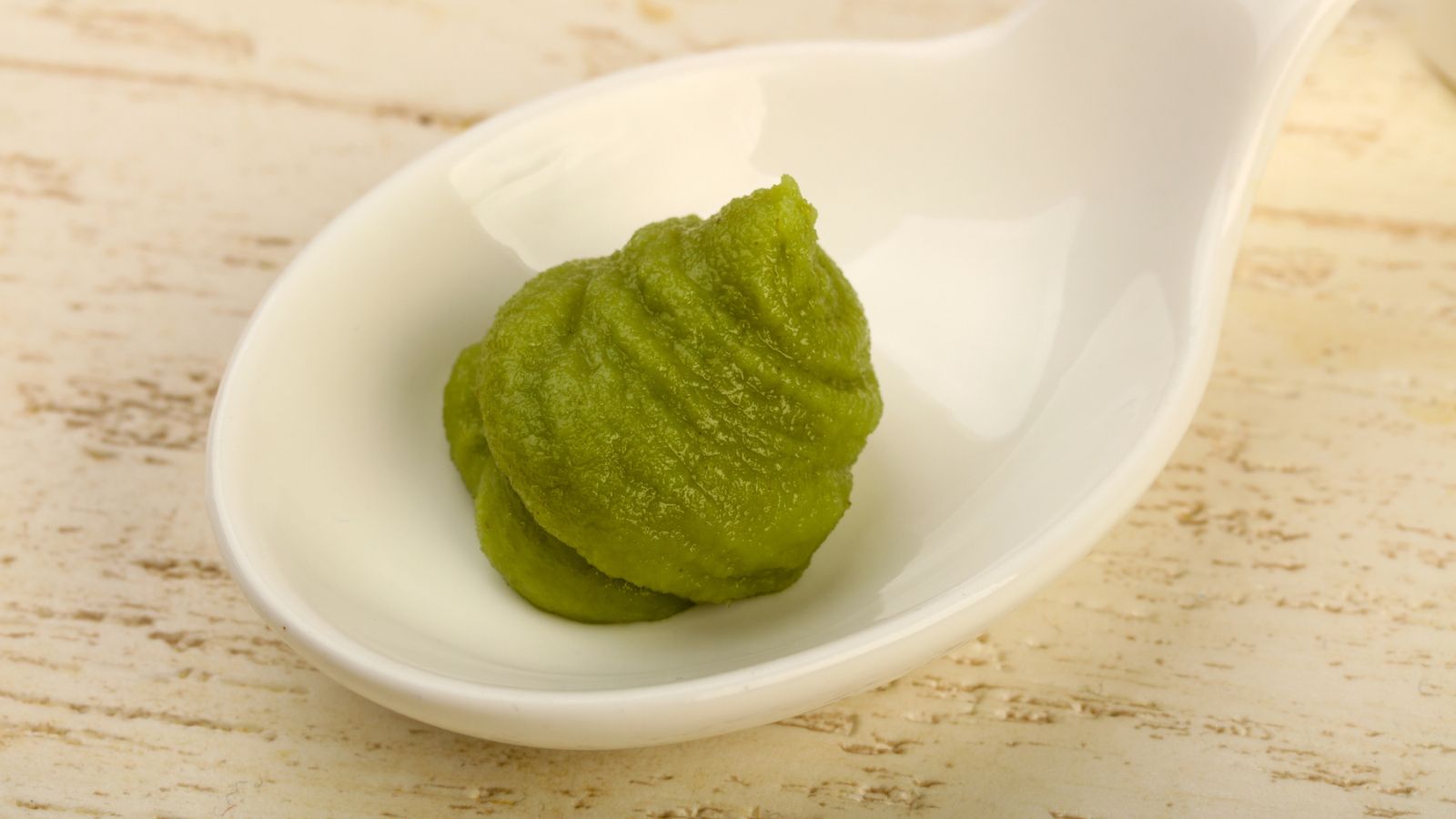
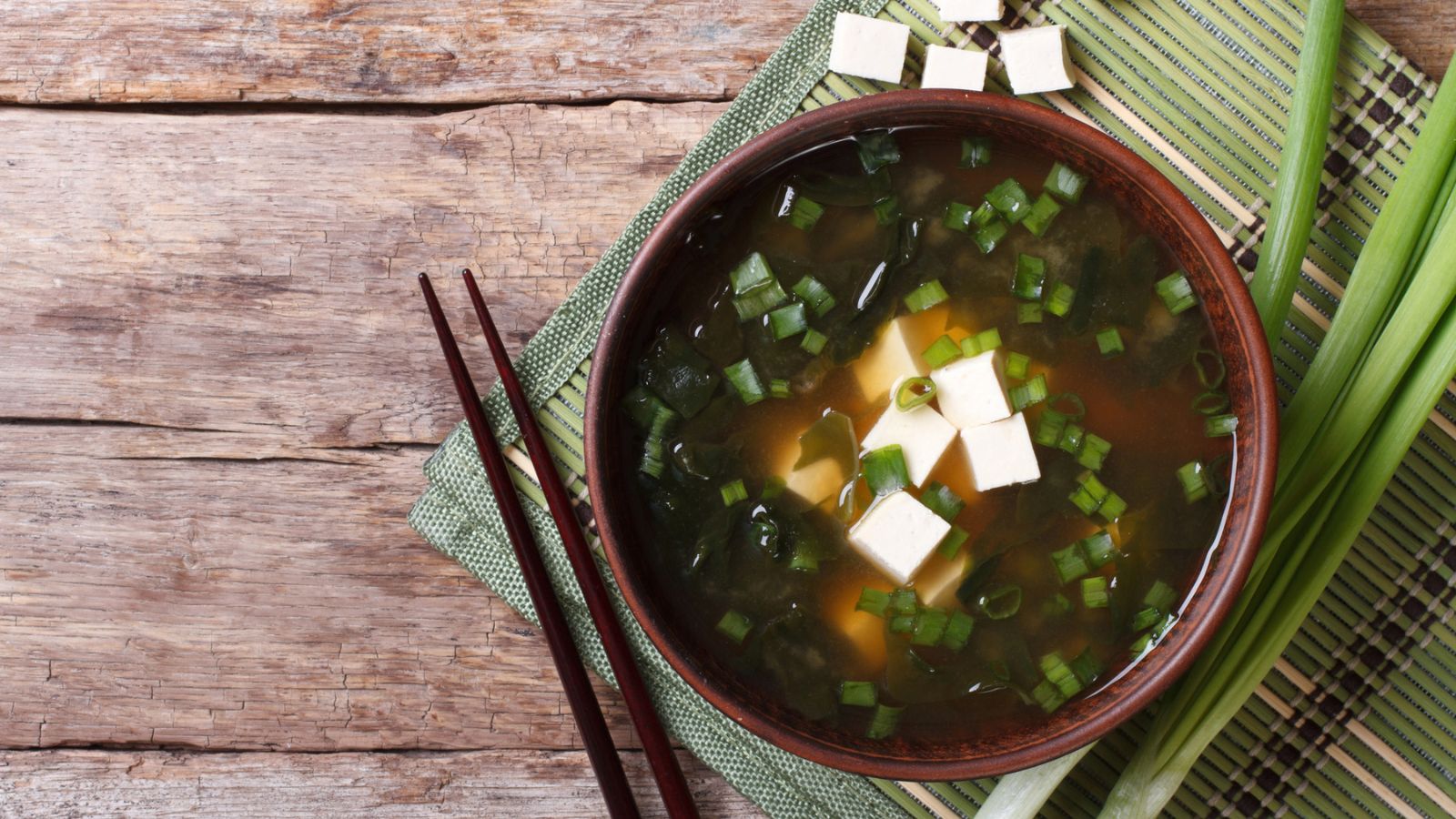
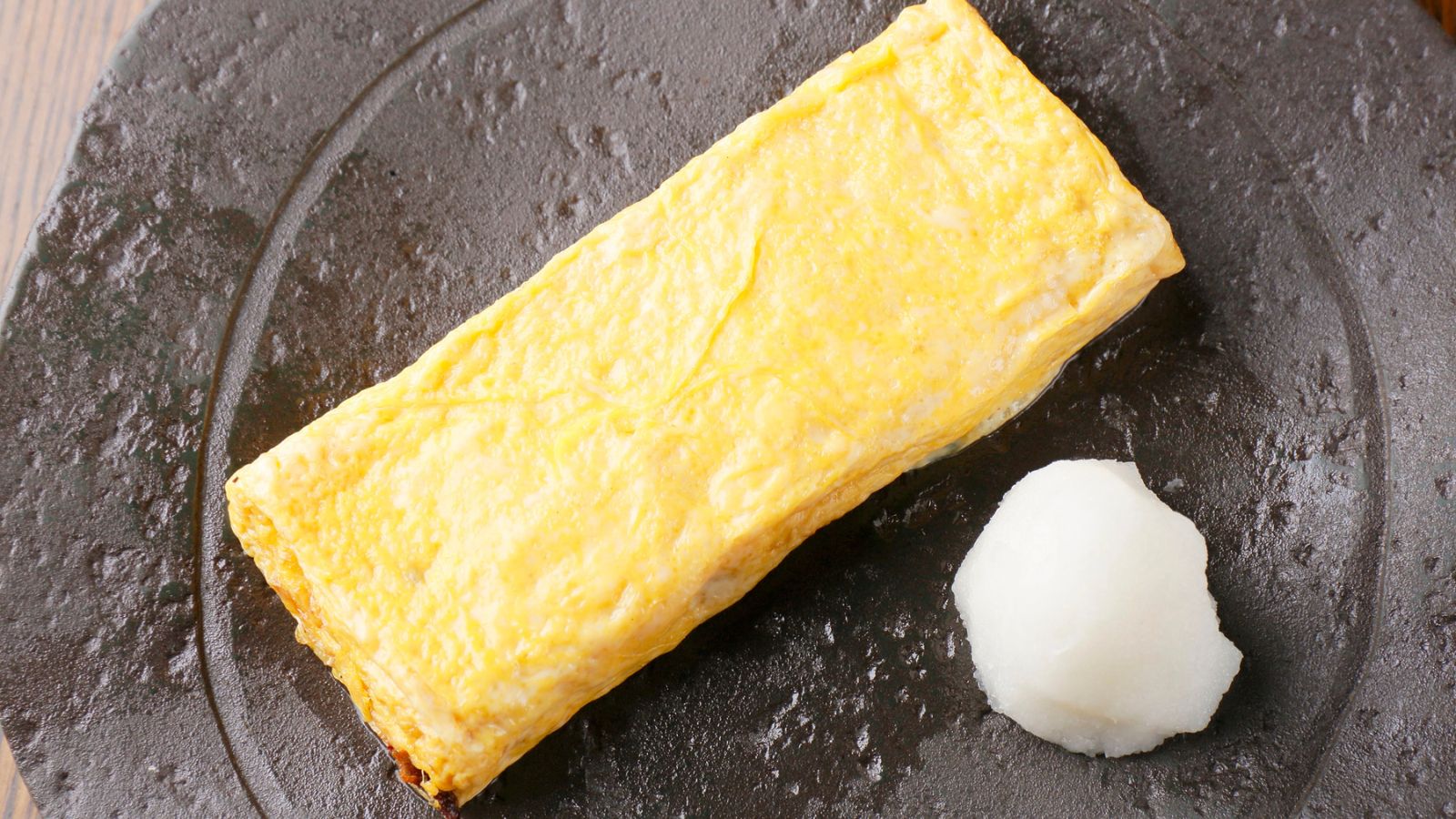
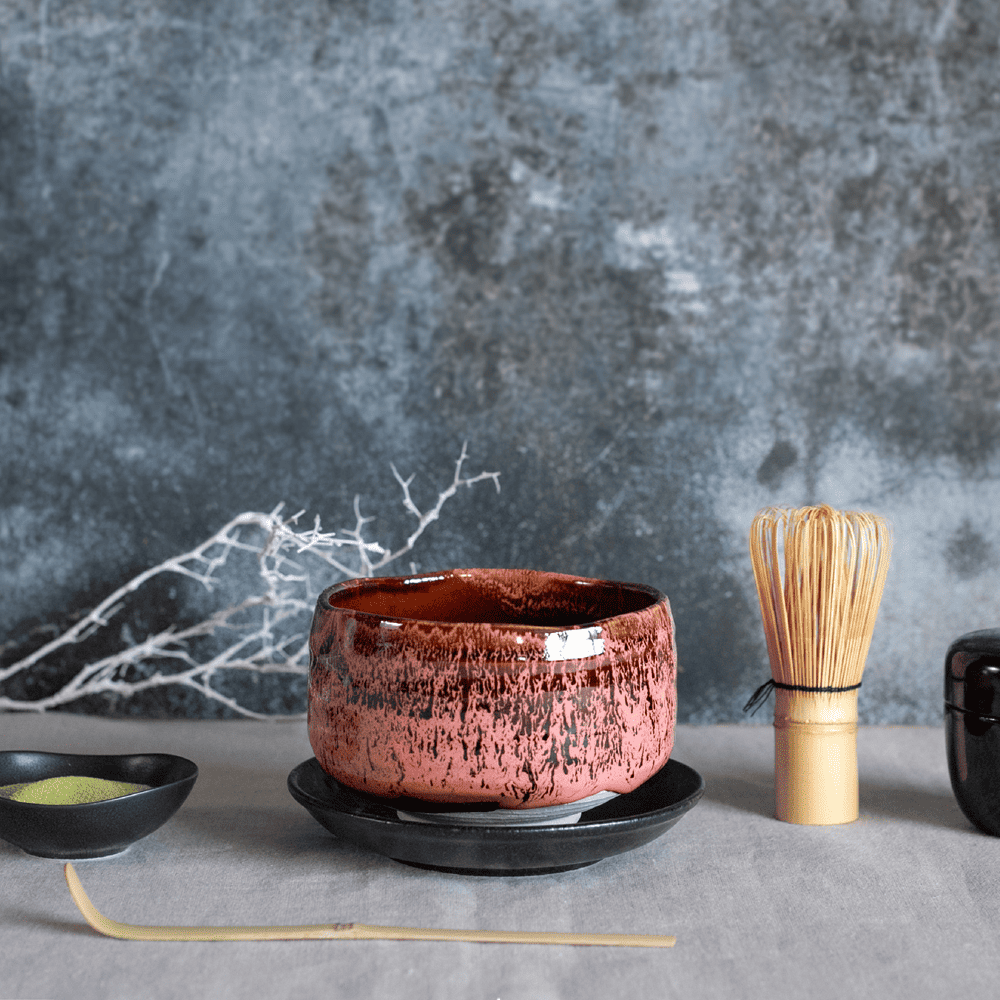
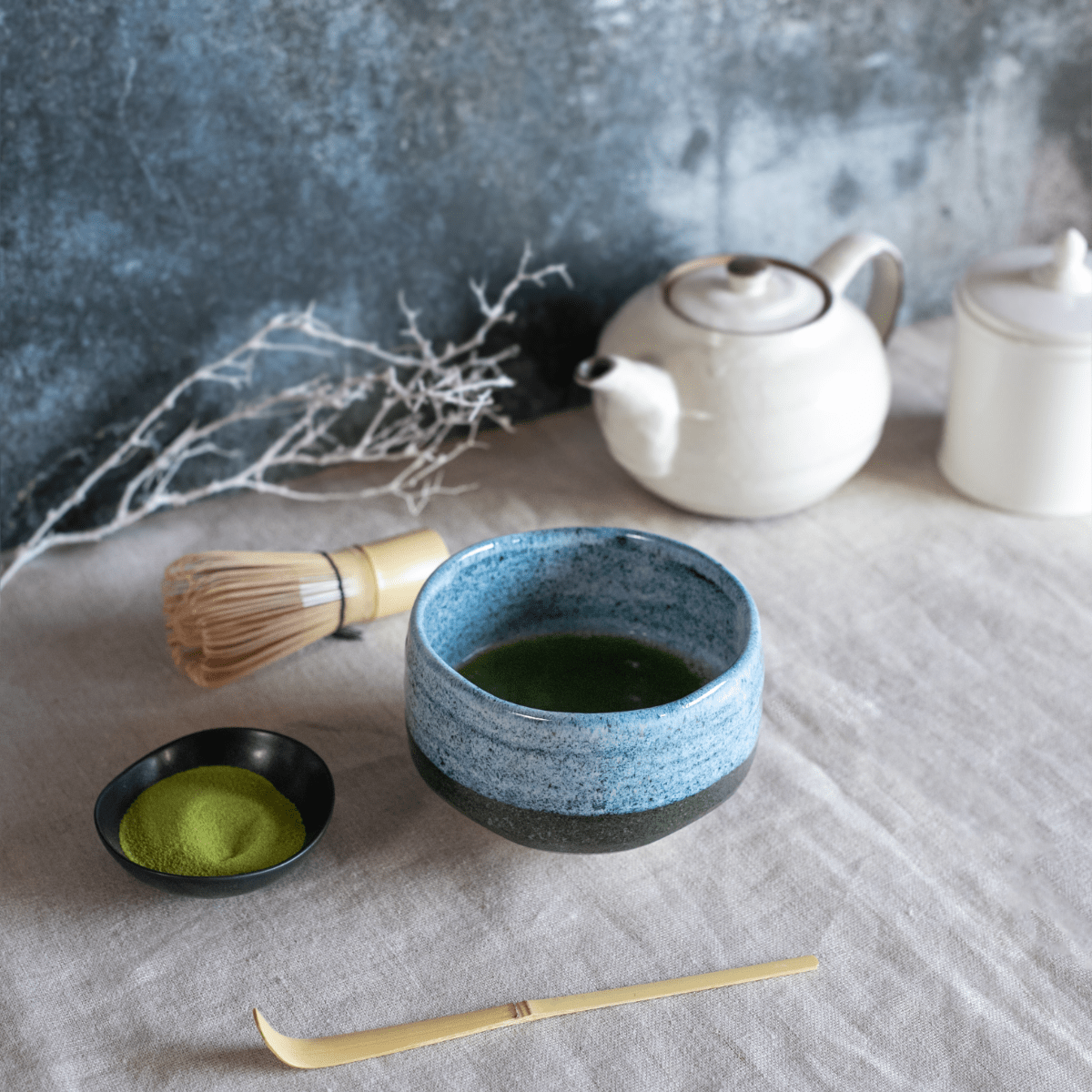

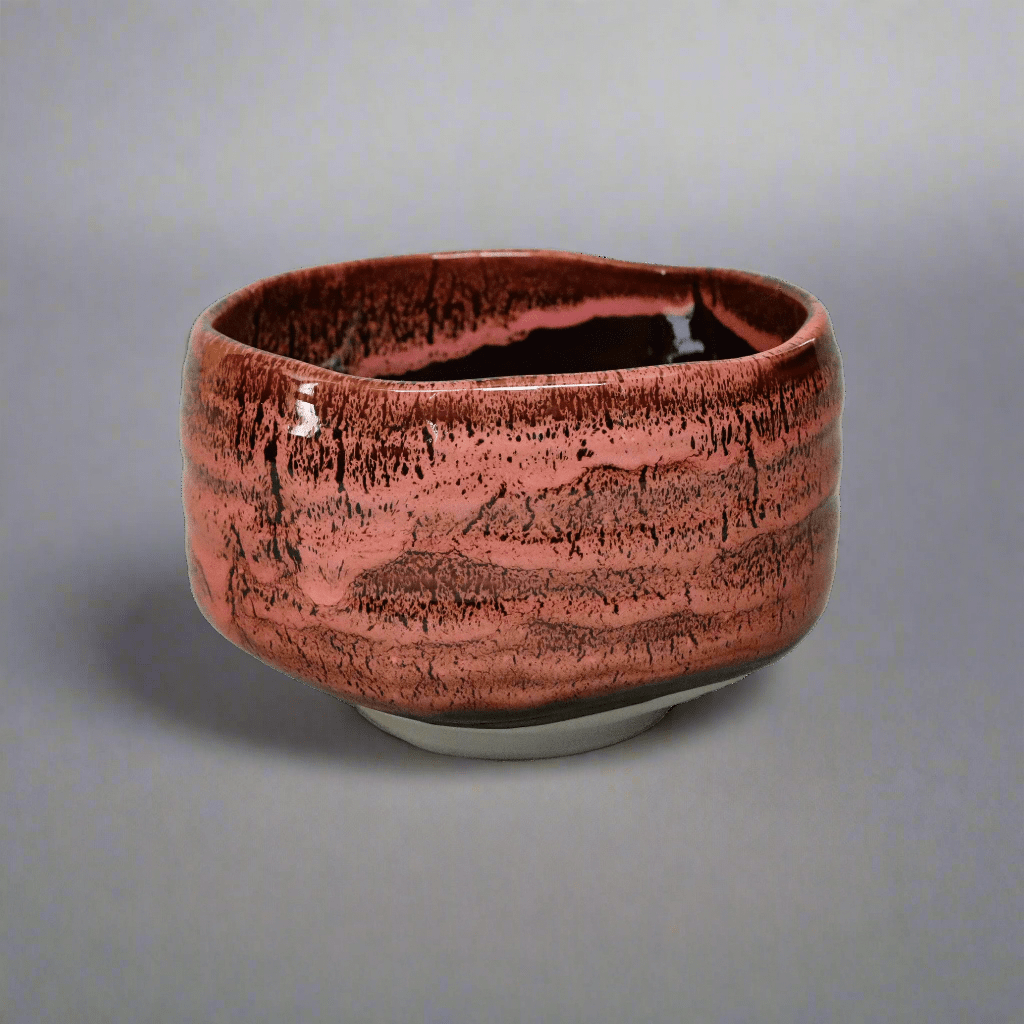
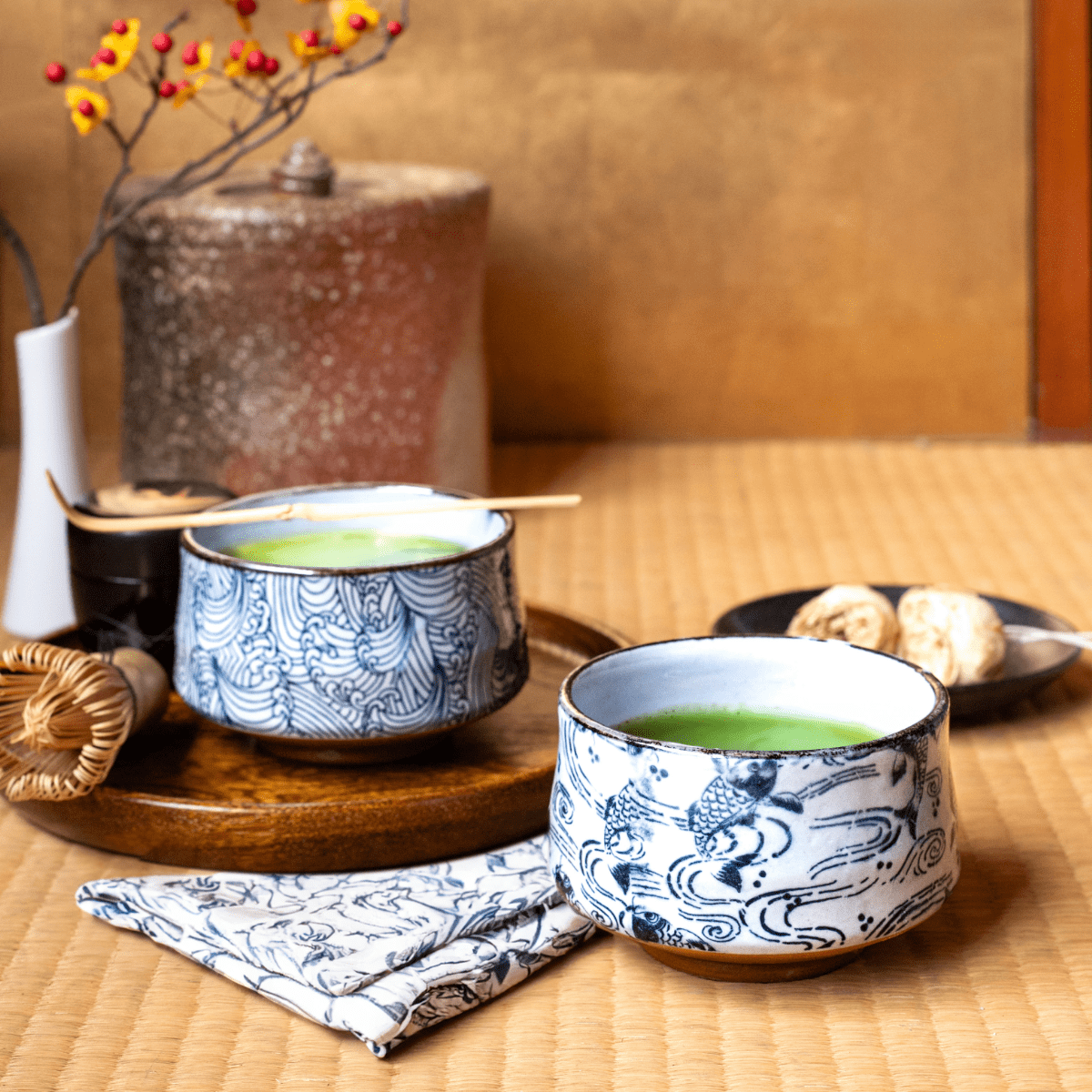
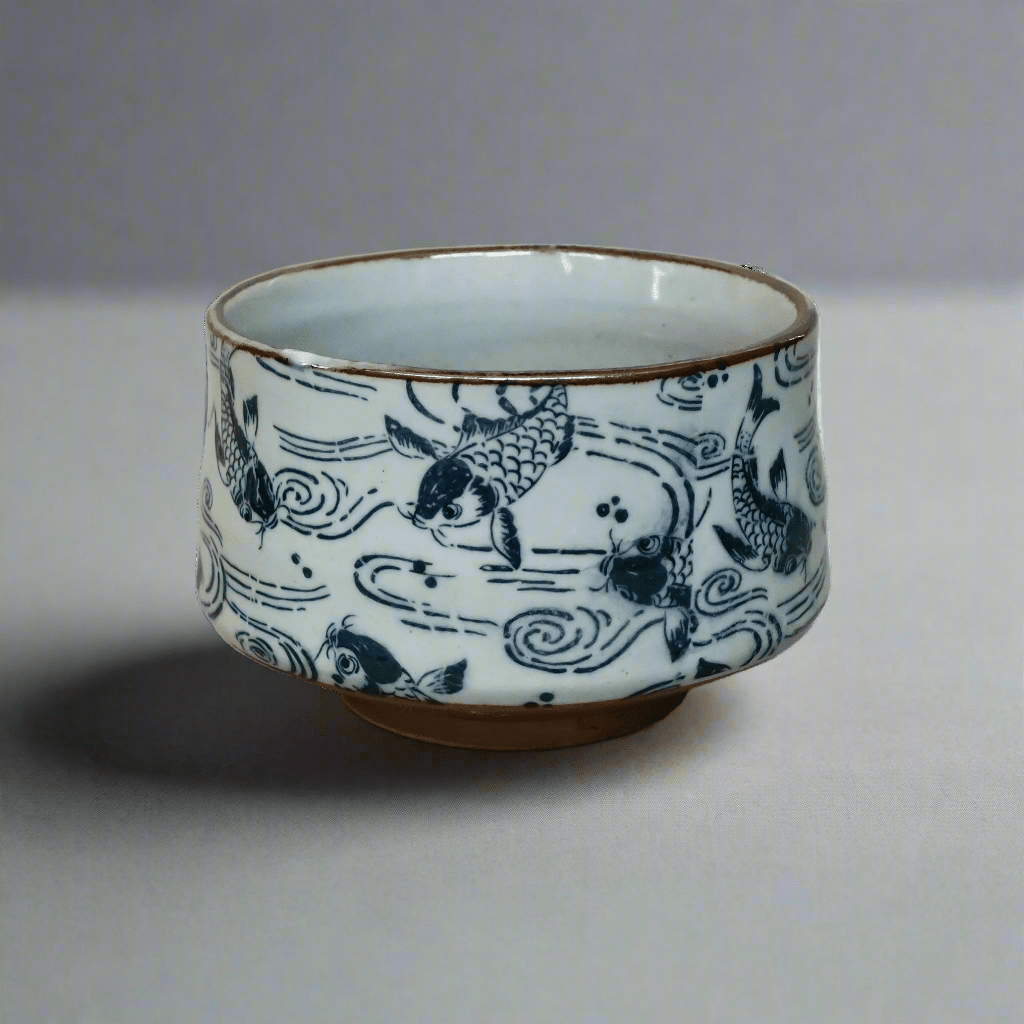
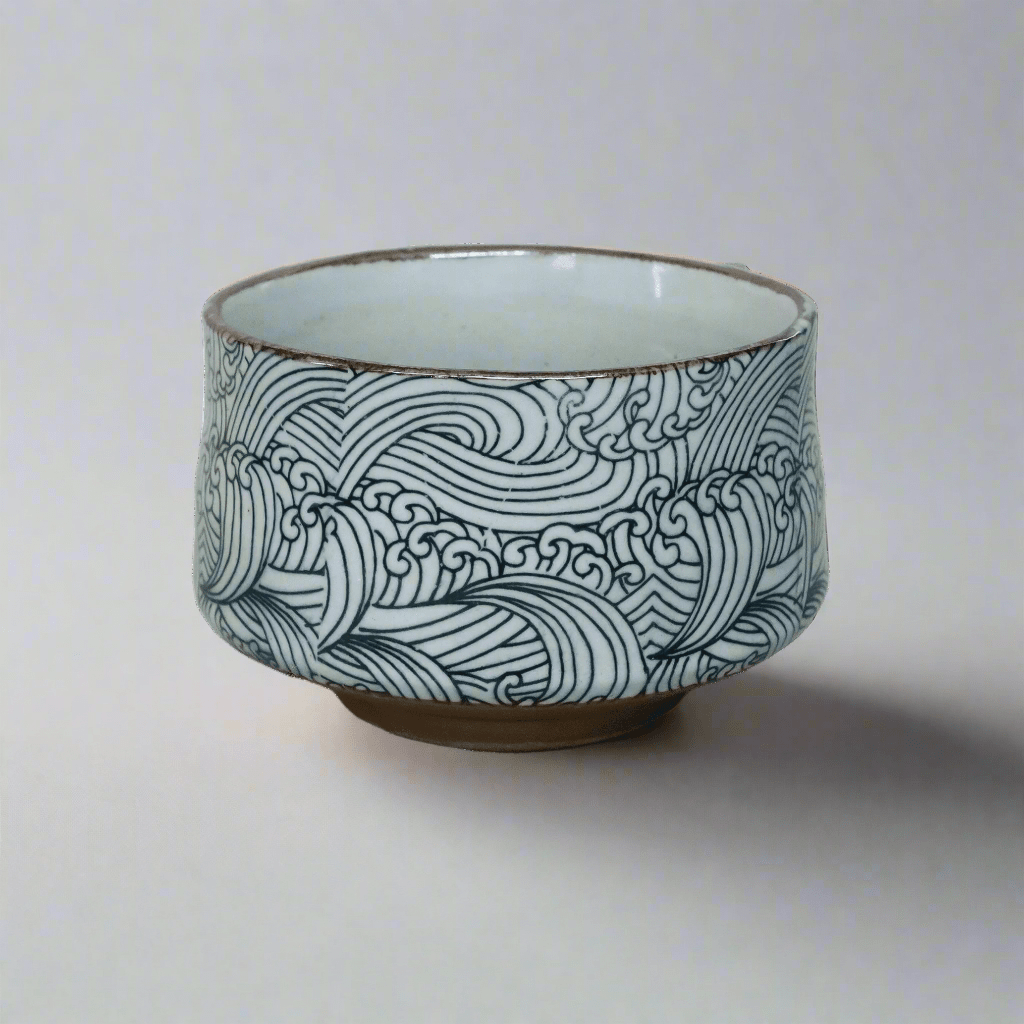
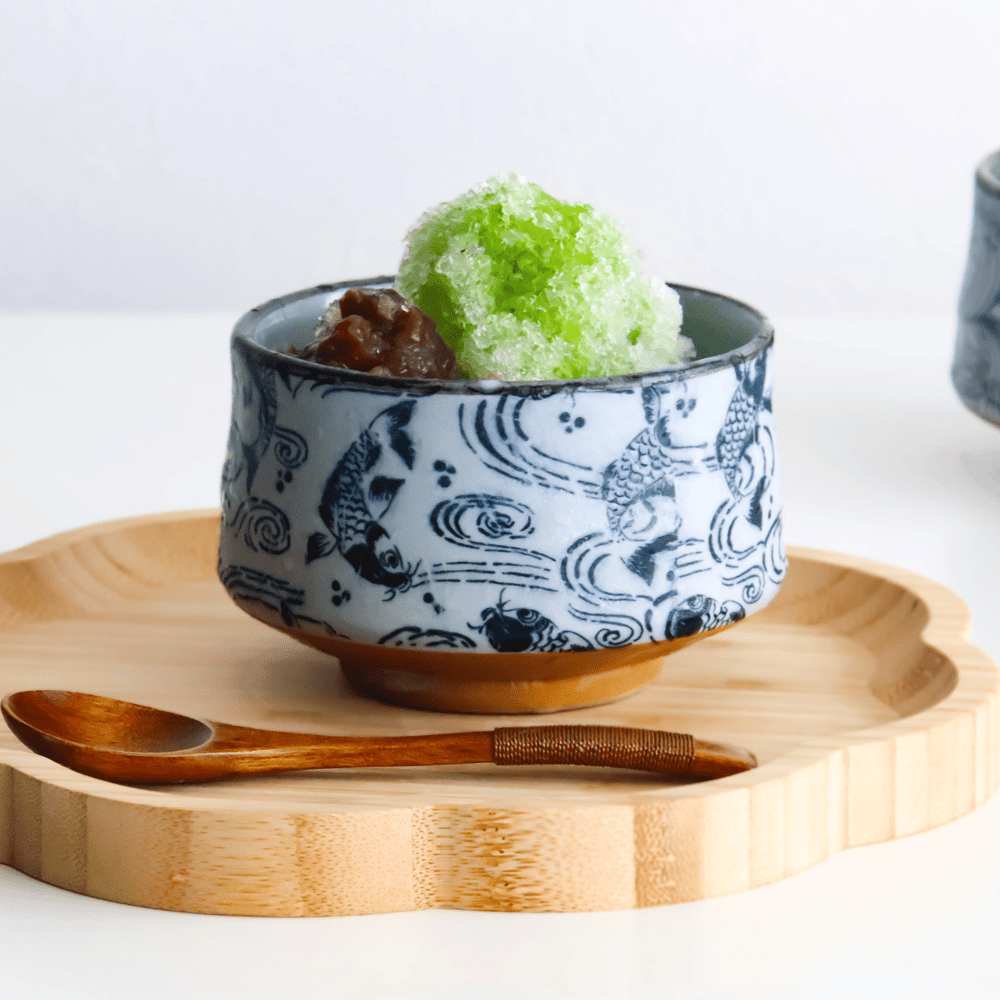
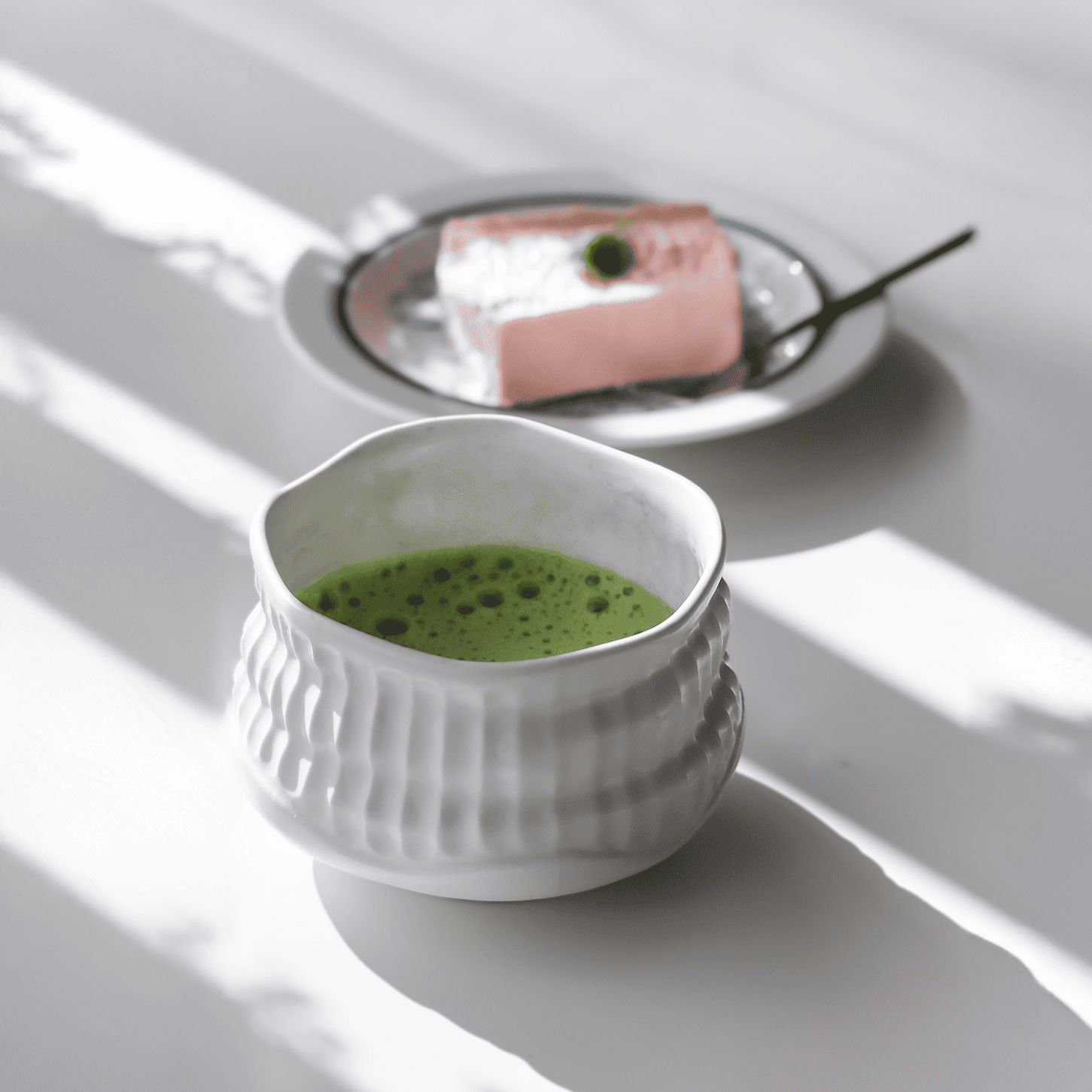
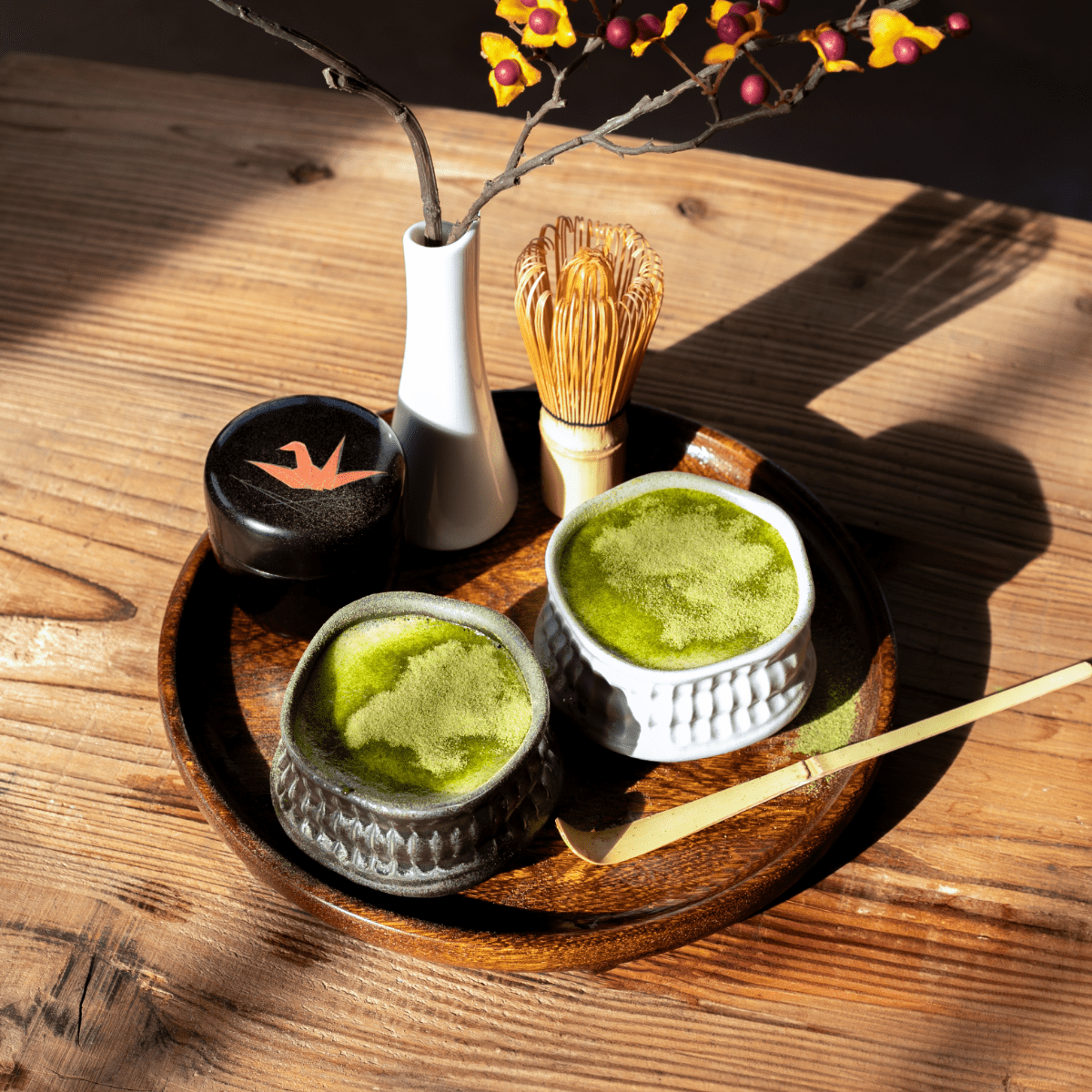
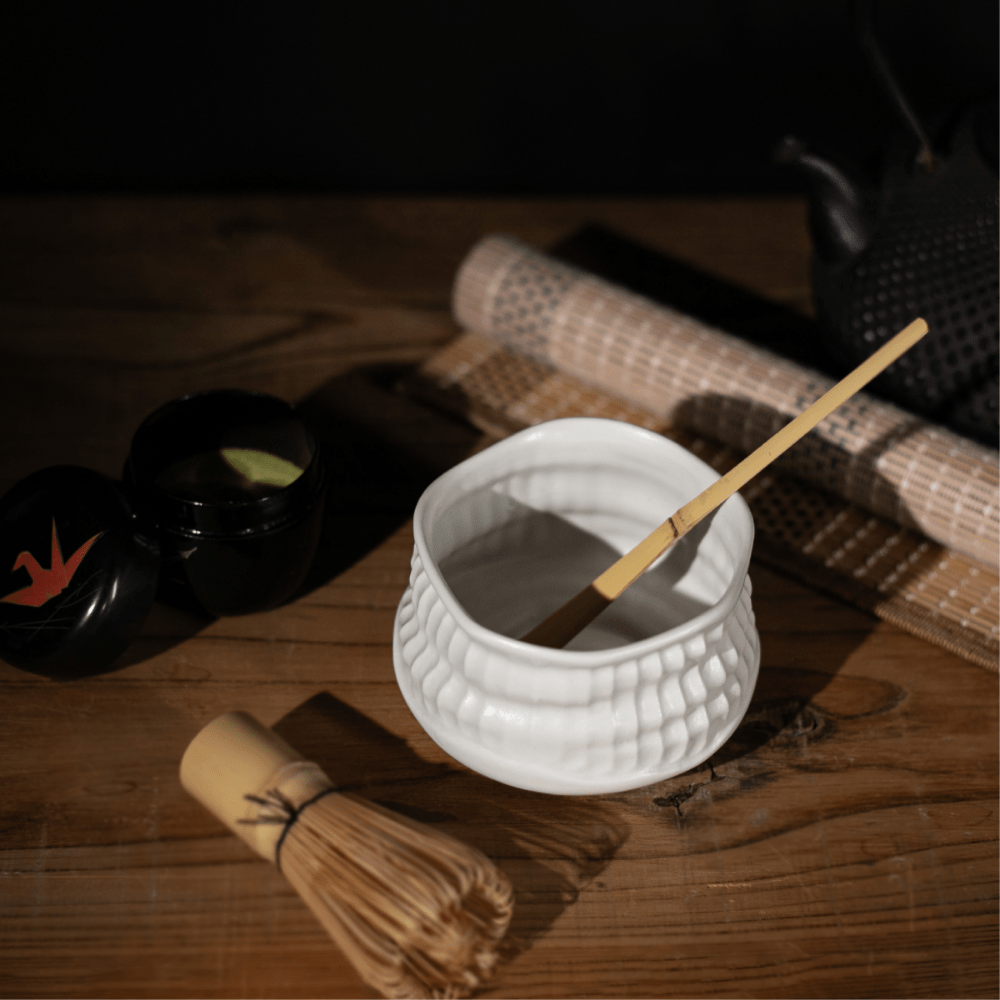
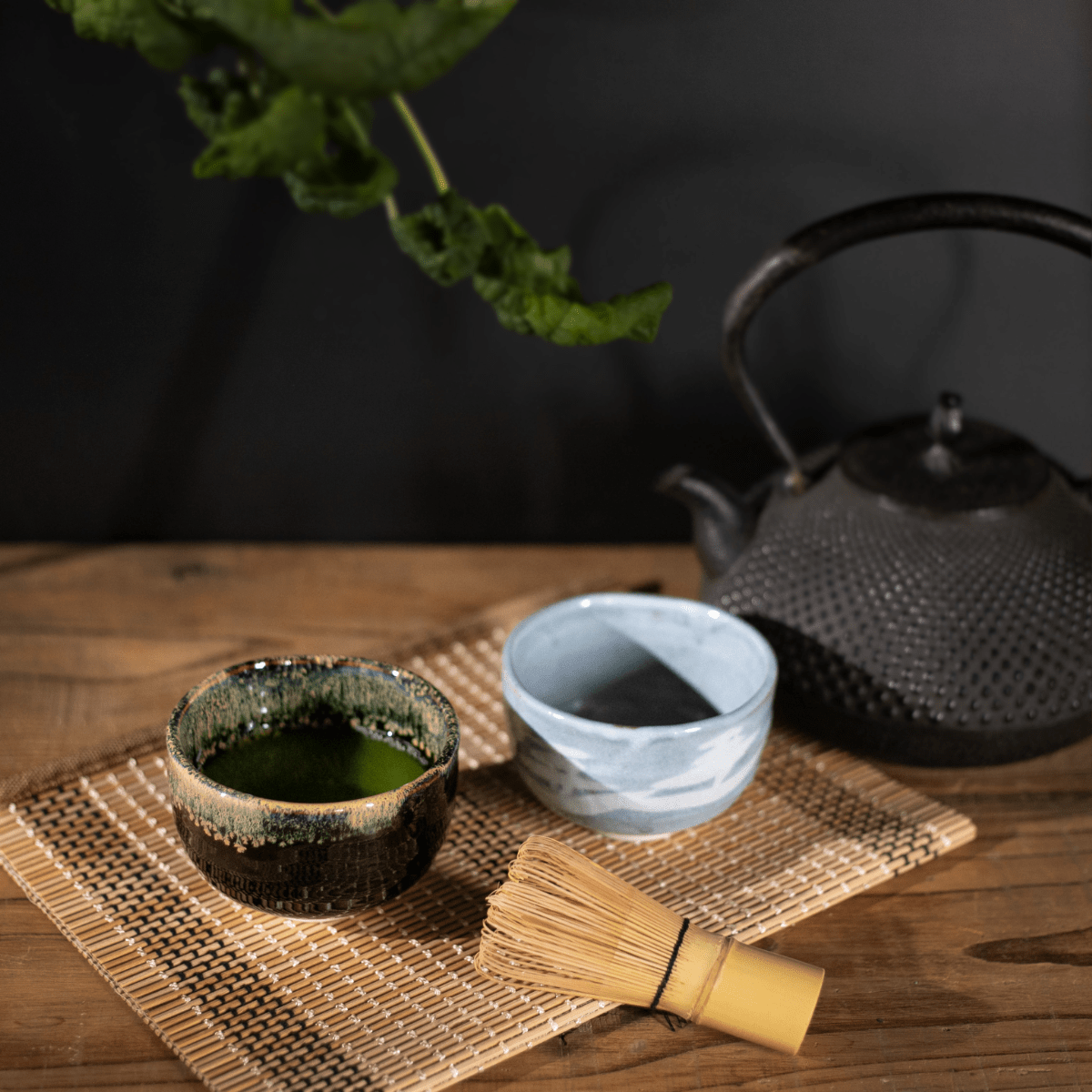
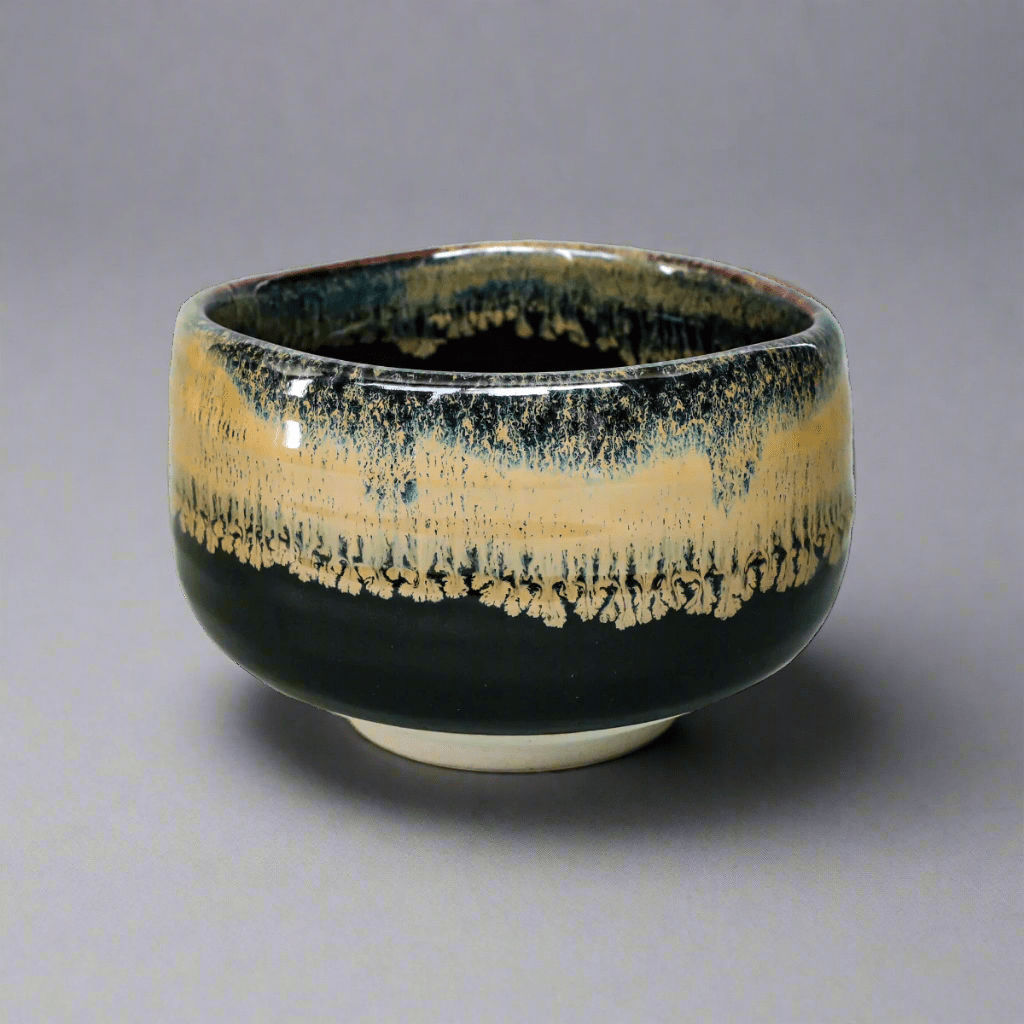
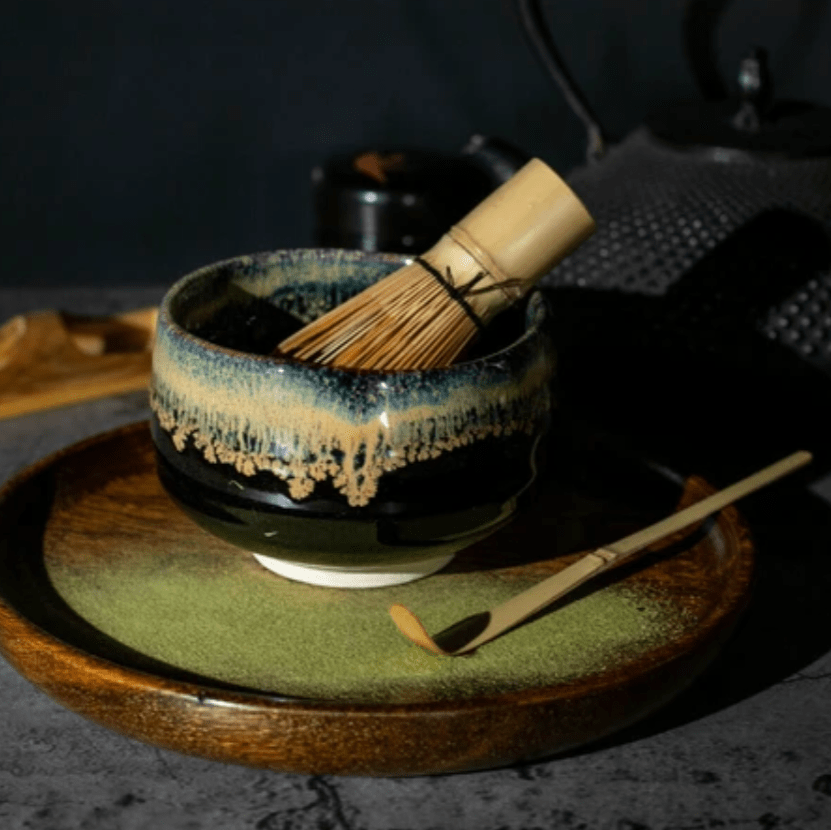

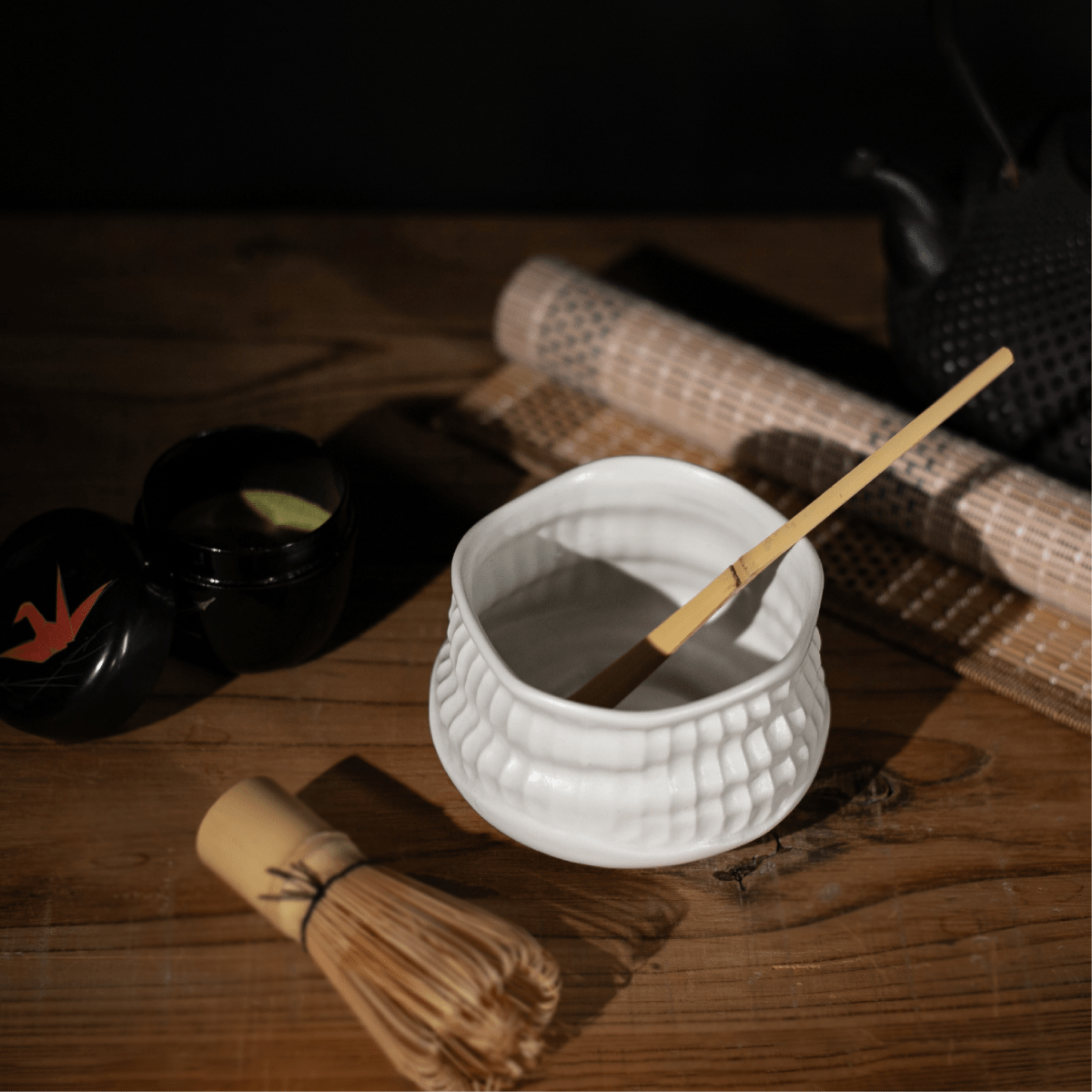
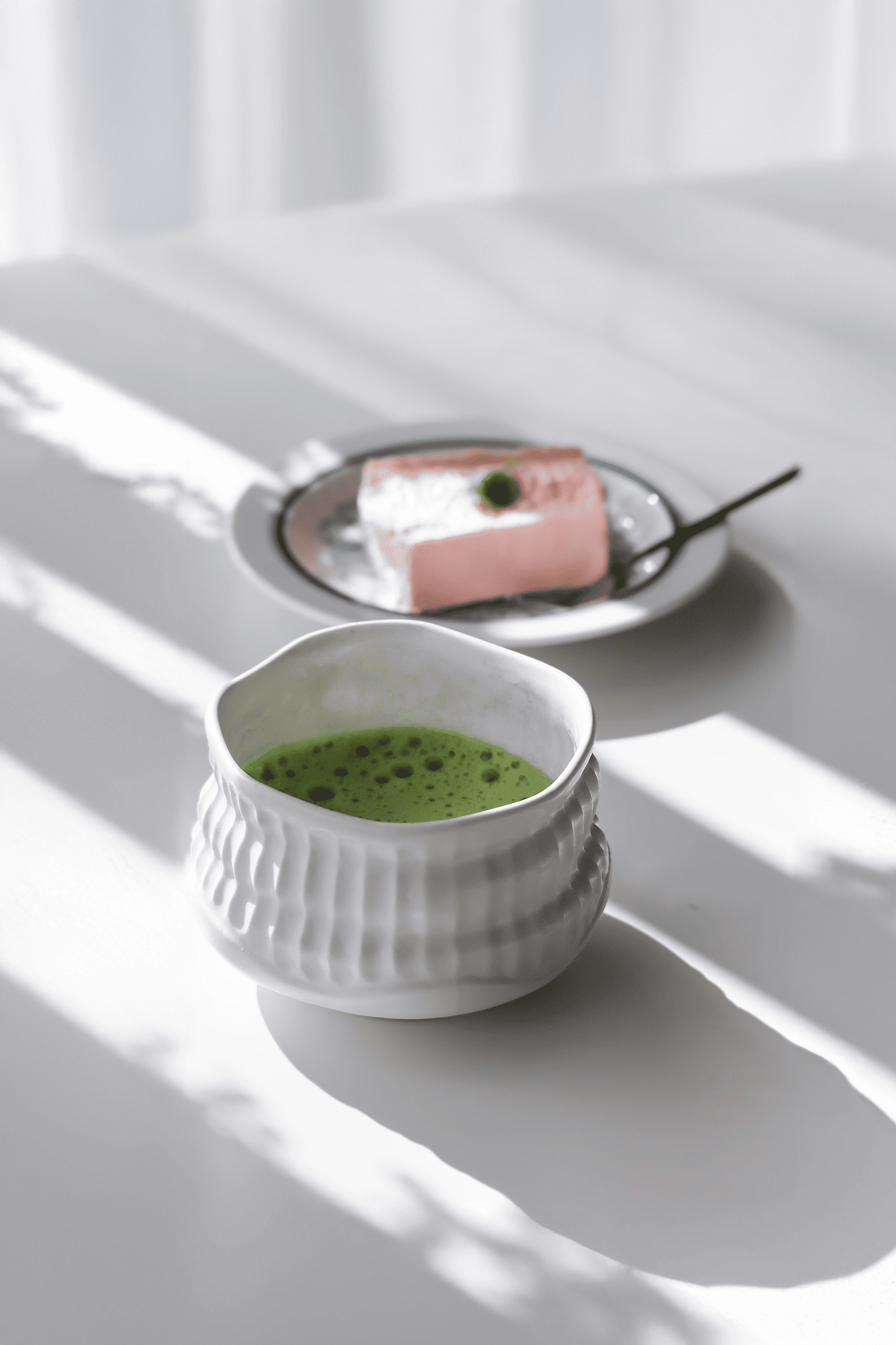
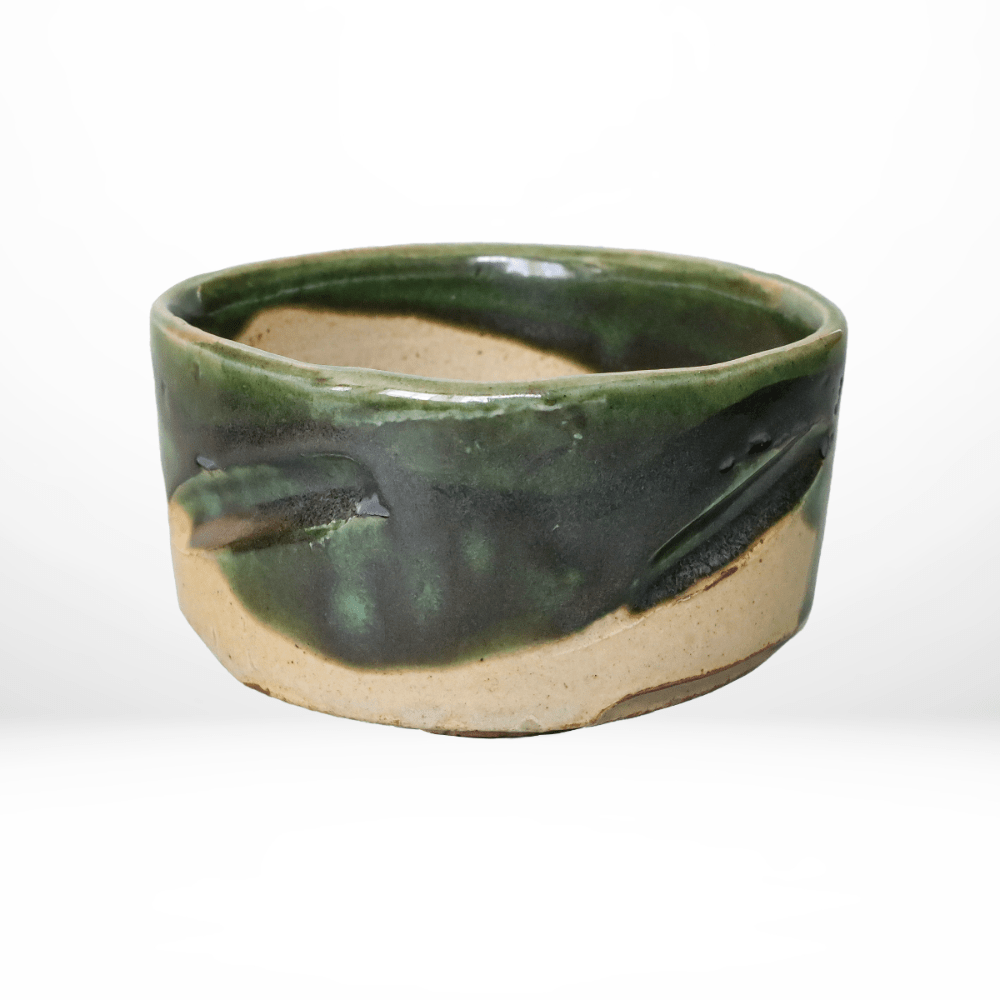
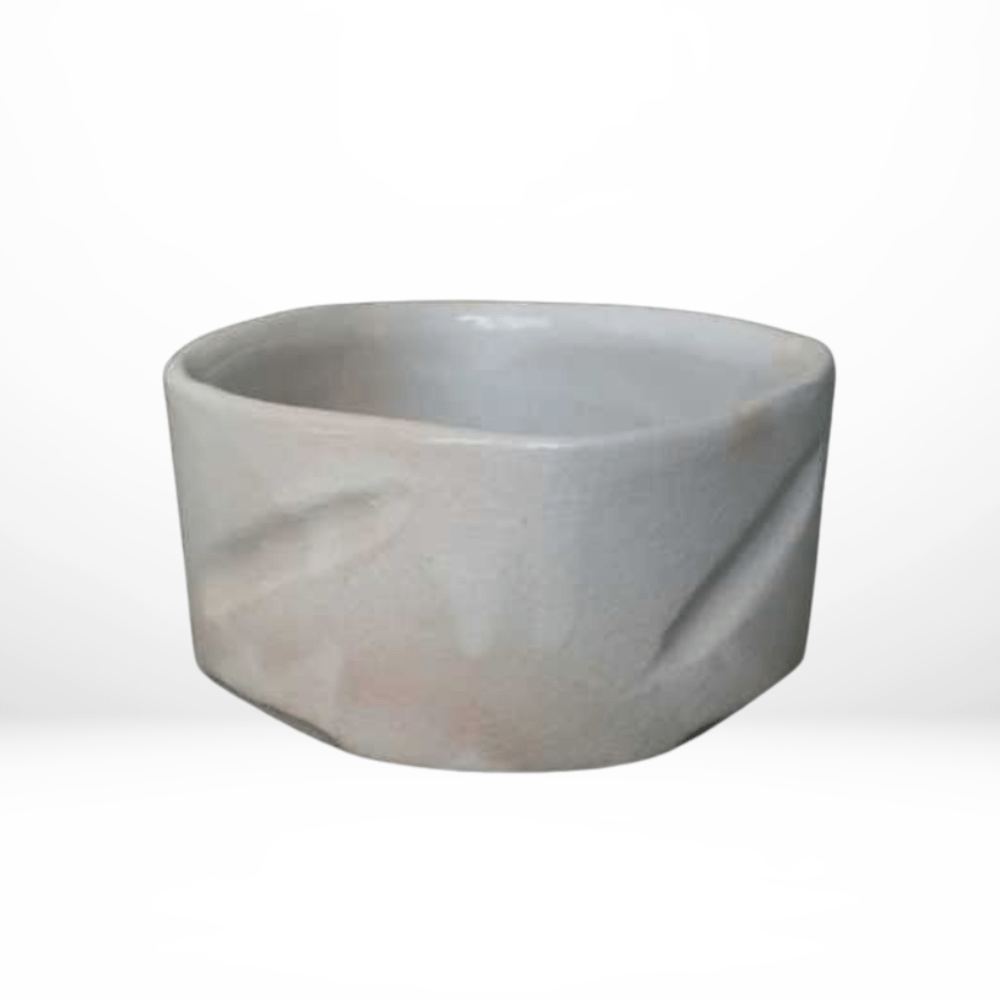
Share: